Crushing Reality: Microplastic Pollution In Island Bird Population
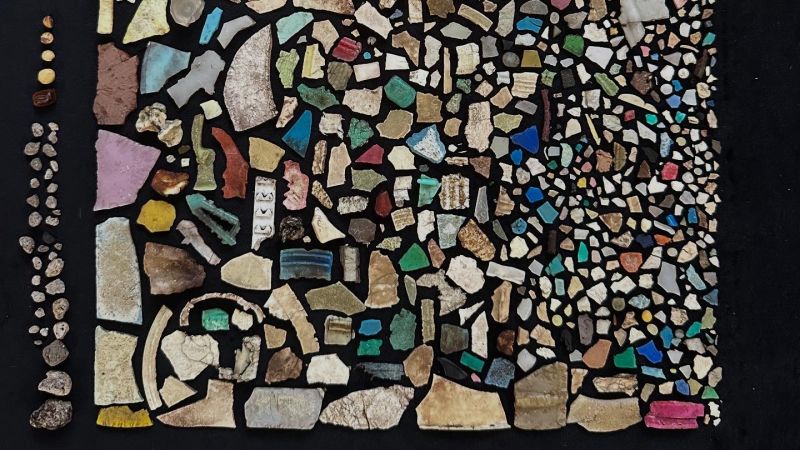
Welcome to your ultimate source for breaking news, trending updates, and in-depth stories from around the world. Whether it's politics, technology, entertainment, sports, or lifestyle, we bring you real-time updates that keep you informed and ahead of the curve.
Our team works tirelessly to ensure you never miss a moment. From the latest developments in global events to the most talked-about topics on social media, our news platform is designed to deliver accurate and timely information, all in one place.
Stay in the know and join thousands of readers who trust us for reliable, up-to-date content. Explore our expertly curated articles and dive deeper into the stories that matter to you. Visit Best Website now and be part of the conversation. Don't miss out on the headlines that shape our world!
Table of Contents
Crushing Reality: Microplastic Pollution's Impact on Island Bird Populations
The idyllic image of pristine island beaches, teeming with vibrant birdlife, is increasingly overshadowed by a harsh reality: microplastic pollution. This insidious form of pollution is silently impacting island bird populations worldwide, with devastating consequences for biodiversity and ecosystem health. This article delves into the alarming extent of this problem, exploring the pathways of microplastic ingestion, the resulting health effects on birds, and potential solutions to mitigate this growing crisis.
The Invisible Threat: How Microplastics Reach Island Birds
Microplastics, tiny plastic particles less than 5 millimeters in diameter, are ubiquitous in our oceans. They originate from the breakdown of larger plastic items, synthetic clothing fibers, and industrial processes. Ocean currents act as a conveyor belt, transporting these microplastics across vast distances, ultimately concentrating them in coastal regions, particularly on islands.
Island birds are especially vulnerable. Many species forage along shorelines, accidentally ingesting microplastics while feeding on invertebrates or scavenging for food. Some studies suggest that seabirds mistake microplastics for prey, leading to false satiation and nutritional deficiencies. Furthermore, the wind can carry microplastics inland, contaminating food sources further afield.
Devastating Impacts on Island Bird Health
The ingestion of microplastics has far-reaching consequences for island bird populations. Research indicates several key impacts:
- Nutritional Deficiencies: Microplastics occupy space in the bird's digestive system, reducing the intake of essential nutrients. This can lead to weight loss, weakened immune systems, and reduced reproductive success.
- Physical Blockages: Larger microplastics can cause physical blockages in the digestive tract, leading to starvation and death.
- Chemical Toxicity: Many plastics contain harmful additives, which leach into the bird's body upon ingestion. These chemicals can cause liver damage, hormonal disruptions, and other serious health problems.
- Bioaccumulation: Microplastics can accumulate toxins from the surrounding environment, amplifying their harmful effects on birds and potentially impacting the entire food chain.
Specific Cases and Vulnerable Species
Several studies have highlighted the severity of microplastic pollution in specific island bird populations. For instance, [link to a relevant scientific study], found high levels of microplastics in the digestive tracts of albatrosses on [Island name]. Similar findings have been reported for various species, including petrels, gulls, and other seabirds, highlighting the widespread nature of this environmental threat. Island species, often already vulnerable due to limited resources and habitat loss, are particularly susceptible to the additional stress of microplastic ingestion.
Addressing the Microplastic Crisis: Towards a Solution
Combating microplastic pollution requires a multi-pronged approach:
- Reducing Plastic Consumption: Individual actions, such as reducing single-use plastic, choosing reusable alternatives, and supporting businesses committed to sustainable practices, are crucial.
- Improving Waste Management: Effective waste management systems, including proper recycling and waste disposal, are essential to prevent plastic from entering the environment.
- Technological Innovations: Research into innovative technologies for microplastic removal from the ocean is vital.
- International Cooperation: Global collaboration is necessary to address this transboundary environmental challenge, requiring international agreements and coordinated efforts.
The Future of Island Birds Hinges on Action
The impact of microplastic pollution on island bird populations is a stark reminder of the far-reaching consequences of human activities. Unless urgent action is taken to reduce plastic pollution and implement effective mitigation strategies, the future of these fragile ecosystems and the unique bird species they support hangs in the balance. We must act now to protect these invaluable biodiversity hotspots before it's too late. Learn more about how you can contribute to solving this crisis by visiting [link to an environmental organization].

Thank you for visiting our website, your trusted source for the latest updates and in-depth coverage on Crushing Reality: Microplastic Pollution In Island Bird Population. We're committed to keeping you informed with timely and accurate information to meet your curiosity and needs.
If you have any questions, suggestions, or feedback, we'd love to hear from you. Your insights are valuable to us and help us improve to serve you better. Feel free to reach out through our contact page.
Don't forget to bookmark our website and check back regularly for the latest headlines and trending topics. See you next time, and thank you for being part of our growing community!
Featured Posts
-
 Diplomatic Showdown Ramaphosa And Trumps Tense Exchange
May 24, 2025
Diplomatic Showdown Ramaphosa And Trumps Tense Exchange
May 24, 2025 -
 Tense Interview Fallout Kamala Harris And Anderson Coopers Explosive Post Debate Confrontation
May 24, 2025
Tense Interview Fallout Kamala Harris And Anderson Coopers Explosive Post Debate Confrontation
May 24, 2025 -
 Margot Robbies Favorite Summer Drink Recipe
May 24, 2025
Margot Robbies Favorite Summer Drink Recipe
May 24, 2025 -
 Everything You Need To Know The Four Leaf Air Show At Jones Beach
May 24, 2025
Everything You Need To Know The Four Leaf Air Show At Jones Beach
May 24, 2025 -
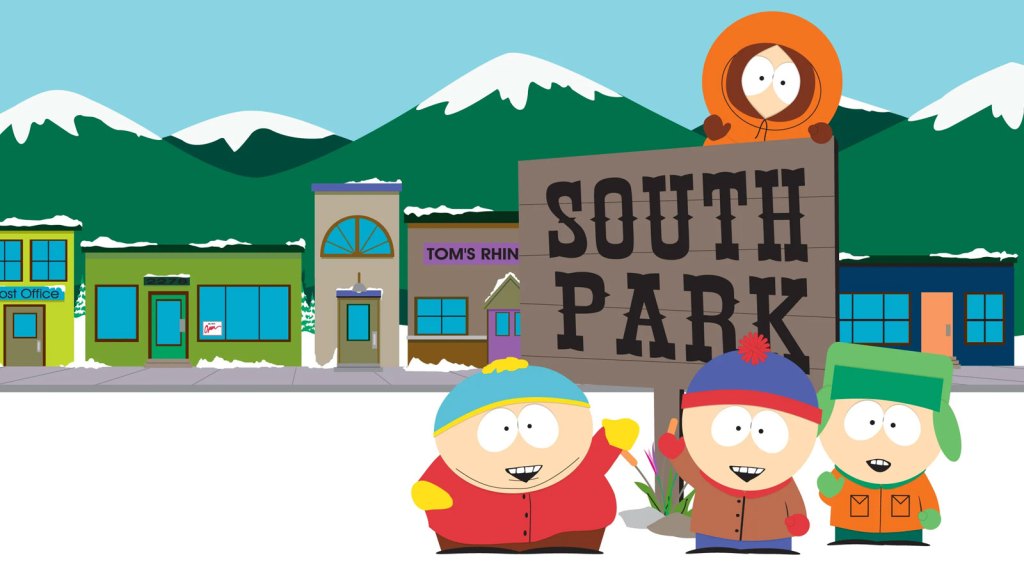 Paramount Lands South Park The Impact On Hbo Maxs Streaming Lineup
May 24, 2025
Paramount Lands South Park The Impact On Hbo Maxs Streaming Lineup
May 24, 2025
Latest Posts
-
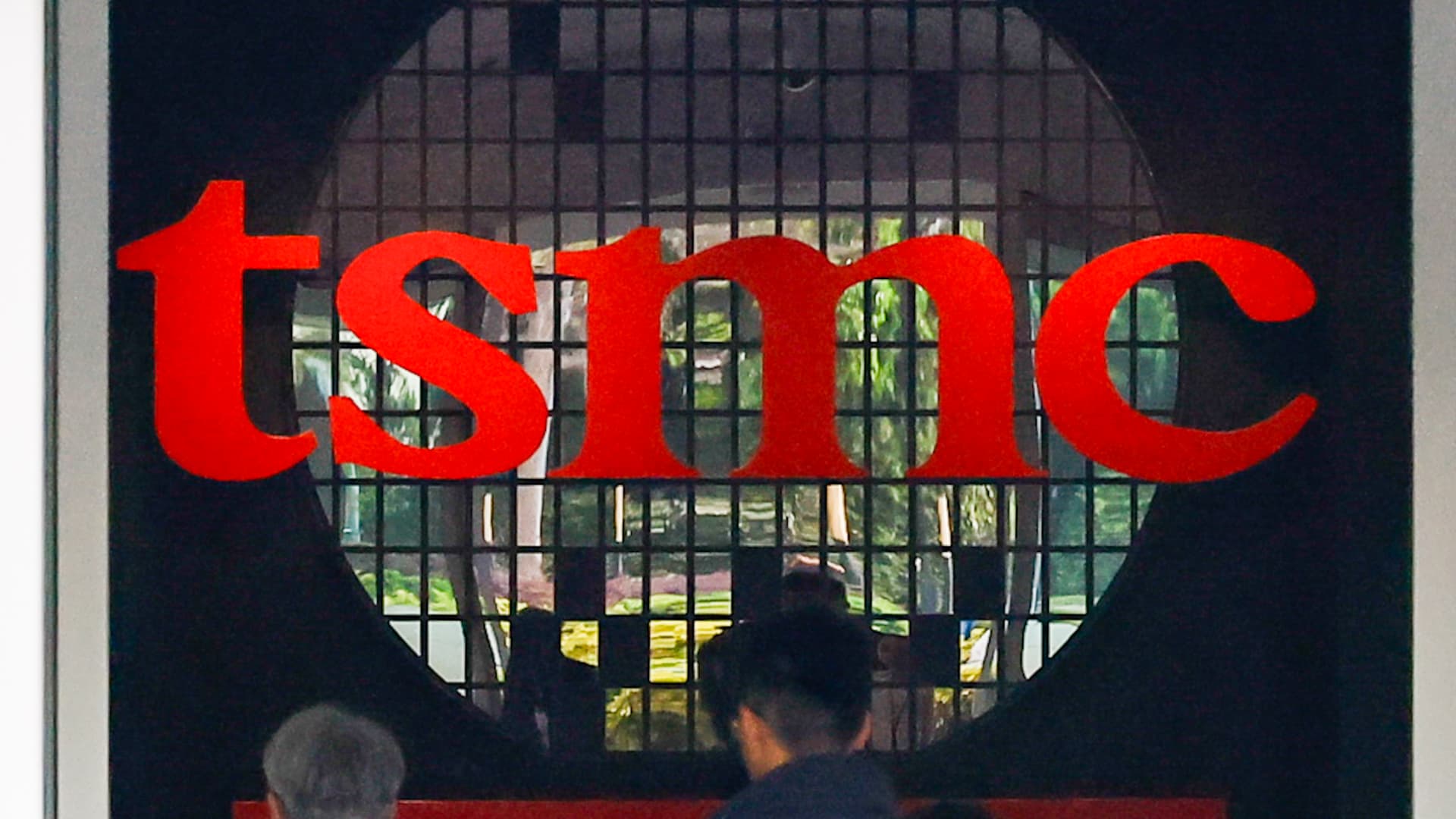 Tsmc Q2 Profit Jumps 61 Exceeding Expectations Amidst Robust Ai Chip Demand
Jul 17, 2025
Tsmc Q2 Profit Jumps 61 Exceeding Expectations Amidst Robust Ai Chip Demand
Jul 17, 2025 -
 Nvidias Ai Chip Sales To China A Reversal Of Us Export Controls
Jul 17, 2025
Nvidias Ai Chip Sales To China A Reversal Of Us Export Controls
Jul 17, 2025 -
 Love Island Usas Amaya And Bryan Post Show Relationship Update
Jul 17, 2025
Love Island Usas Amaya And Bryan Post Show Relationship Update
Jul 17, 2025 -
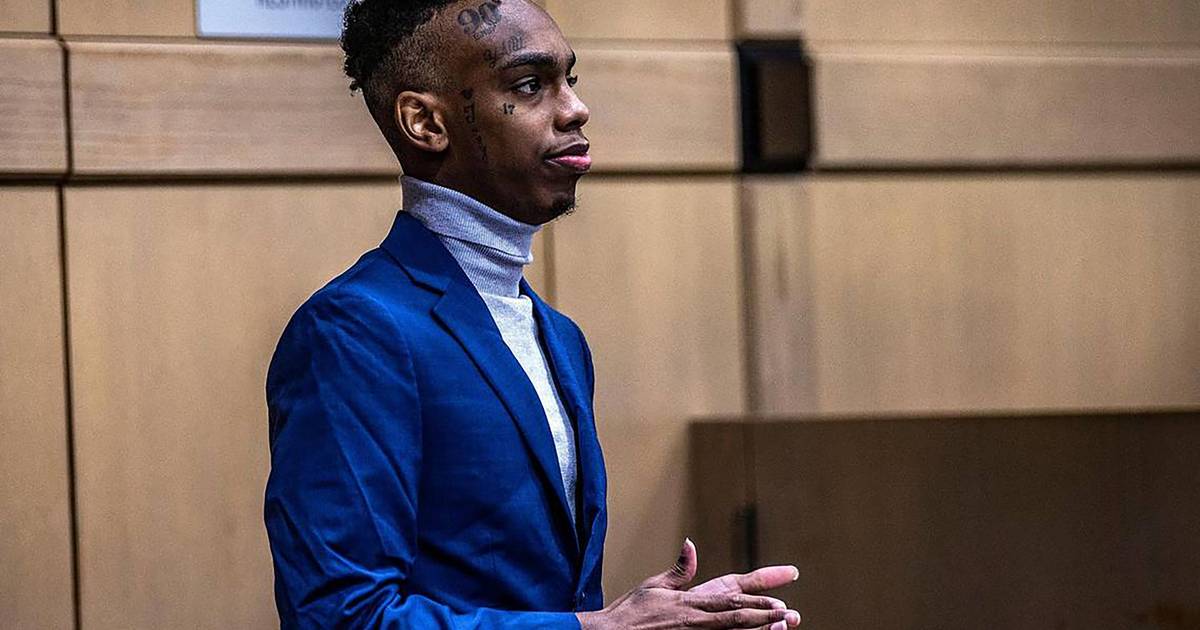 Ynw Melly Double Murder Case Retrial Set For September Following Mistrial
Jul 17, 2025
Ynw Melly Double Murder Case Retrial Set For September Following Mistrial
Jul 17, 2025 -
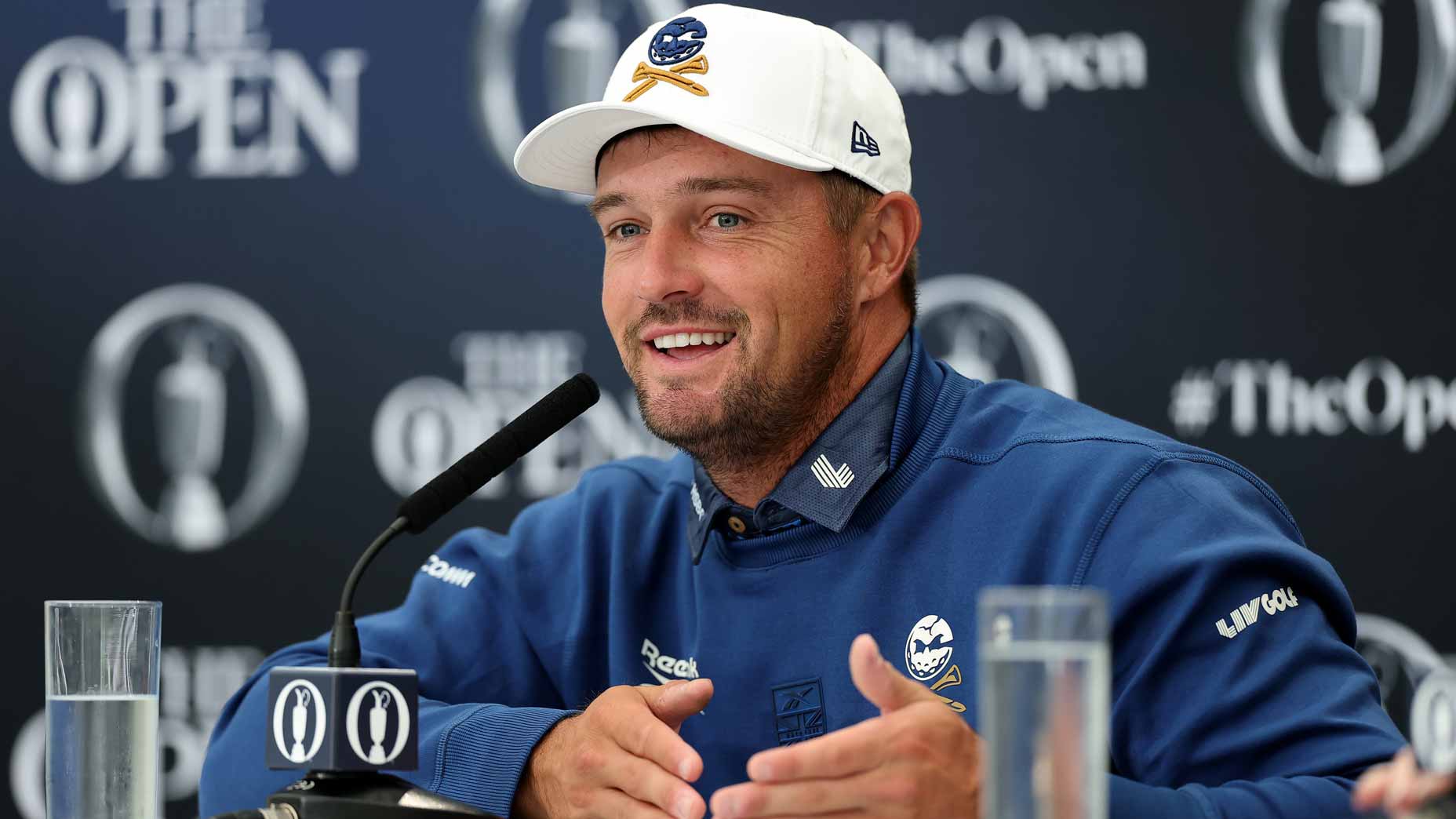 De Chambeau Explains Why Public Courses Present Unexpected Challenges
Jul 17, 2025
De Chambeau Explains Why Public Courses Present Unexpected Challenges
Jul 17, 2025
